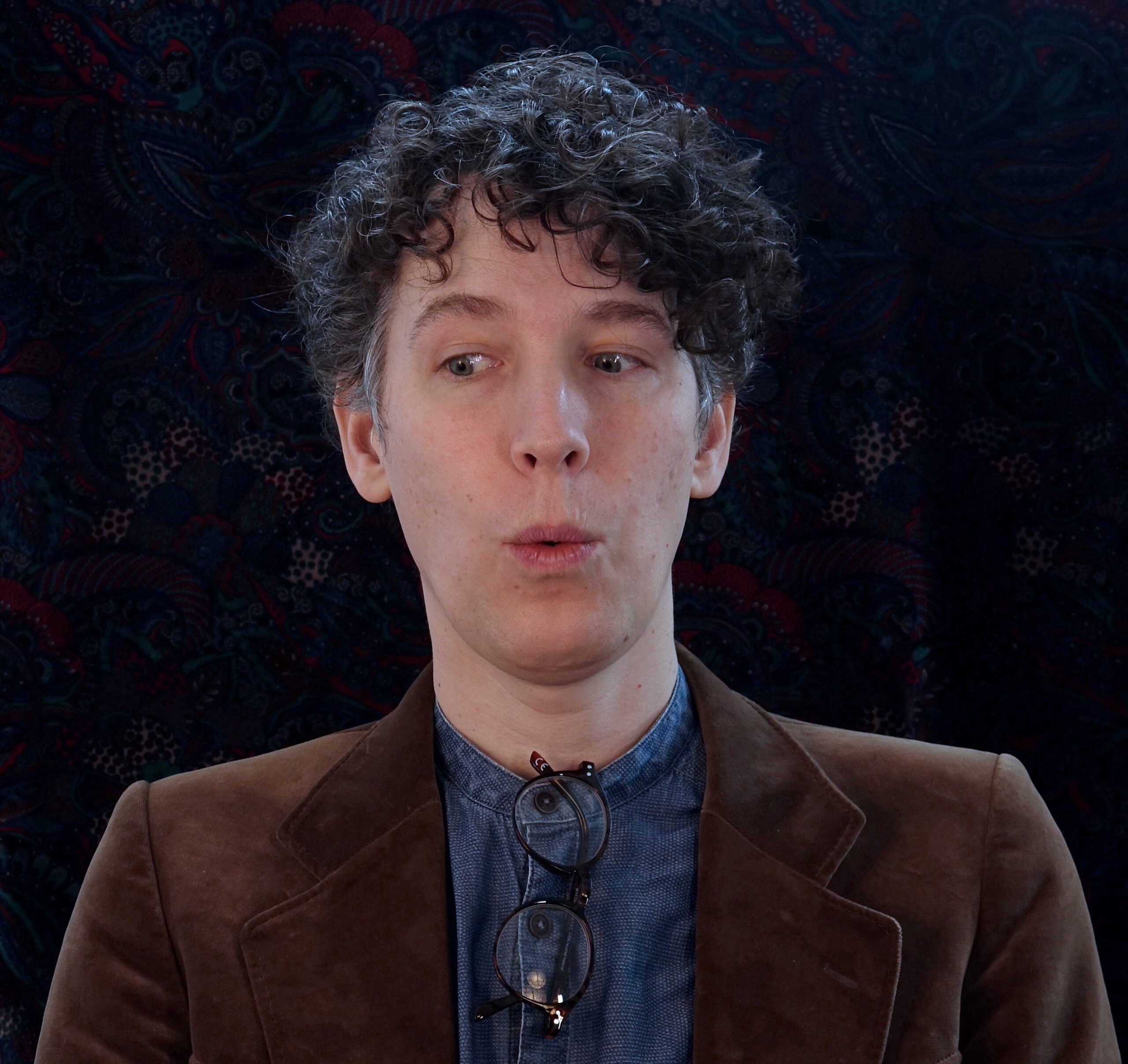Abstract: Mensural notation is often filled with clever games and puzzles that far surpass the ambitions of normal polyphonic writing, and reading. Most, if not all, are up to the performer (or editor) to resolve, sometimes leaving the listener blissfully unaware. But is there an ‘appropriate’ way to listen? Can we comment on the historical experience of performing these puzzles? And lastly, who are these so-called listeners anyway!? Some have proposed that we should develop an almost superhuman ear, or to spotlight one thing or another in performance, or to instruct the audience using immersive technologies… or even that simply knowing about them is enough. Nevertheless listening practice is not recorded in the notation itself and so such proposals necessarily step into speculative and often philosophical territory. In this talk we’ll imagine that there’s a way of thinking about complex notational constructions anamorphically, and explore how that might affect our interpretative horizon. Art history has already given us a theoretical framework for talking about the reading and purpose of similar puzzles as they occur in the visual arts. Reaching in this direction can help to bring our thinking about (and performing of) such musical puzzles, transformations, superpositions and intertexts in line with their teleology. Furthermore in asserting that viewing is inseparable from participating, the anamorphic perspective blurs the line between the work, the performer and audience in a way that reflects and affirms the historical mutability of those roles.
